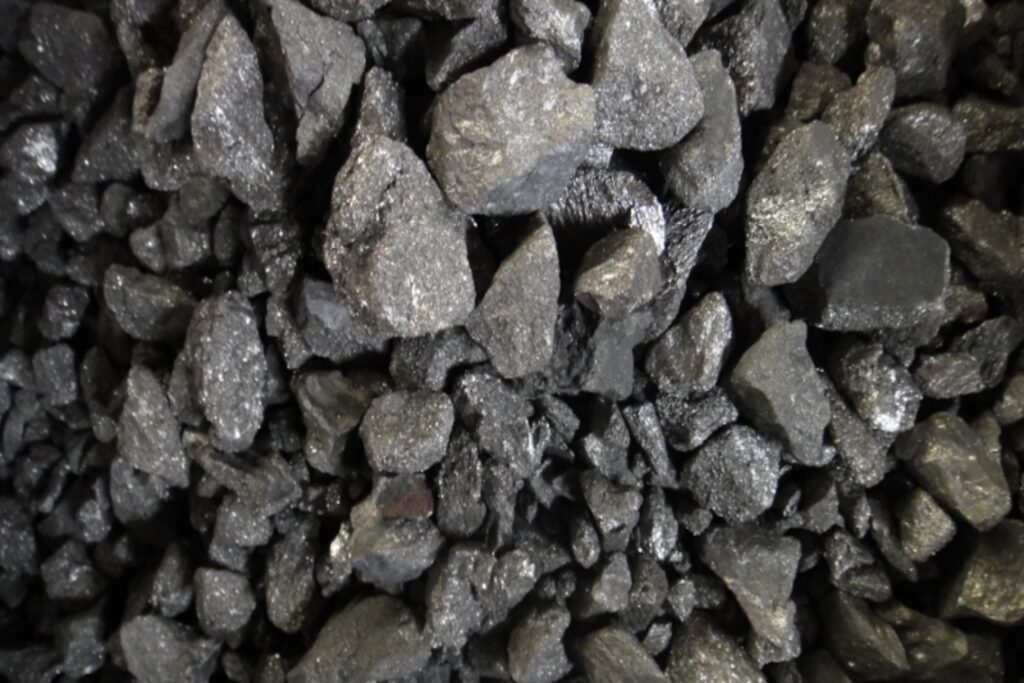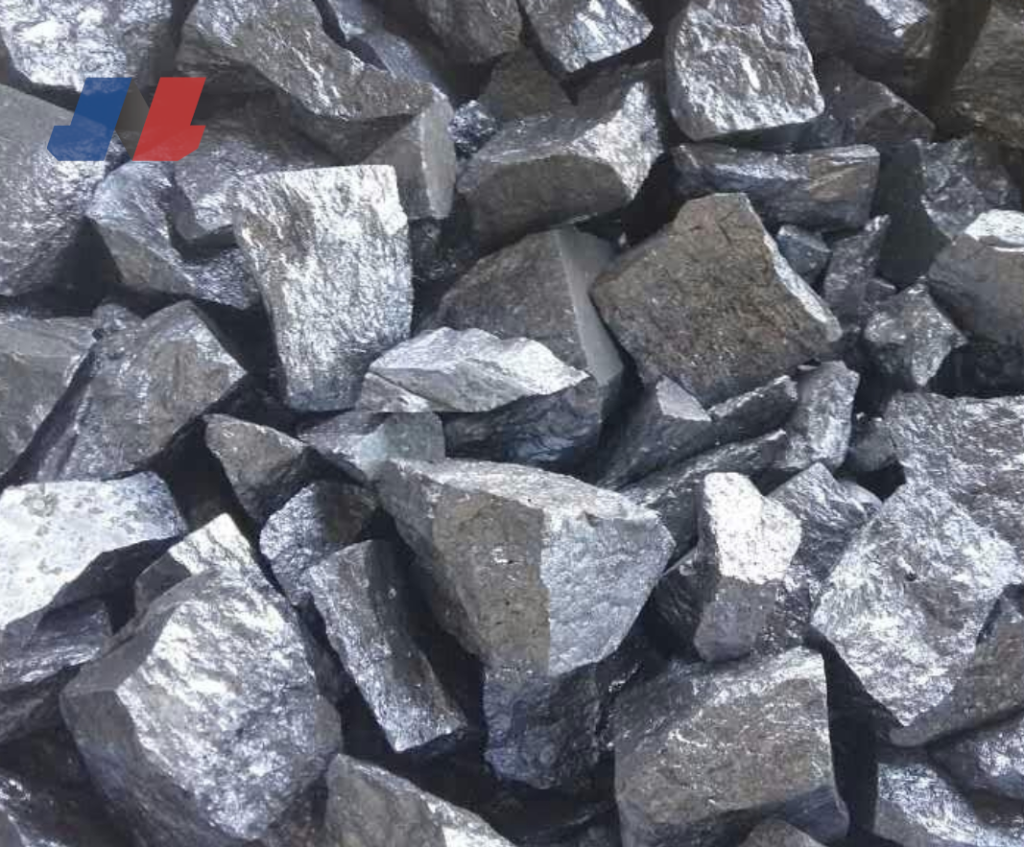Ferro Alloy Definition
Ferro alloy, it was also written as ferroalloy. When it comes to ferro alloy, most of people firstly think that it is a kind of alloy and composed of iron and other elements. In fact, it is a narrow sense. On the other hand, in a broad sense, it refers to a product used as additive, deoxidizer and so on, in order to meet the requirements and improve some properties of steel. And it is mainly used in the production process of steel.
Many people think that ferro alloy must contain iron. However, generally speaking, it is unnecessary in industry field, such as calcium silicon (CaSi) and so on. As we mentioned above, some additives also belong to ferro alloy, it includes but not limited to Si, Al and Mn. Besides, it also has some ferro alloys after nitriding treatment, such as nitrided FeMn, nitrided FeCr and others.
Ferro Alloy Types
For the classification methods of ferroalloy, it has some classification standards, we introduce it in the following paragraphs briefly.
1. Carbon Content: ferro alloy can be divided into high carbon, medium carbon, low carbon and other types;
2. Multi-element: as its name indicates, two or more alloying elements in the ferroalloy as its main elements. For this classification, it can be mainly divided into calcium silicon aluminium(CaSiAl) alloy, calcium silicon alloy, manganese silicon aluminium(MnSiAl) alloy and so on;
3. Production Method: it can be also classified by production method, such as electrolytic ferroalloy, electric arc furnace ferroalloy, blast furnace ferroalloy, metal thermal method ferroalloy, etc.
Concretely speaking:
Ferro boron: The Strengthen-and-Toughen Combo
Why it’s important: Boron improves the hardening process and makes steel more resistant to abrasion and impact. This makes it ideal for some tools and military equipment. It’s like adding an extra layer to steel, especially under the situation that the material is worn and torn constantly.
Ferro chrome: The Rust Fighter
Why it’s important: Stainless steel as the superhero in the metal world——it’s what makes medical instruments and even the structures of bridges resistant to rust. Ferro chrome is the “magic ingredient”, maybe many people are confused about it. The reason why we say it is magic ingredient is that it gives stainless steel this ability to fight rust, thereby, it keeps things clean and lustrous.
Of course, actually, ferro alloys have plenty of types and they are not limited to we mentioned above. We only take some special types as examples to introduce.

Characteristics of Ferro Alloys
When it comes to ferro alloy, we introduce its properties briefly.
To begin with, as we narrative above, it mainly composed of iron and one or more alloying elements.
For ferro alloy, it is difficult for the oxide of main element to reduce or its main elements have relative high melting point usually, in order to adapt to high-temperature environments, such as making steel and so on.
Unless pure metal contains iron, it is hard to smelt and reduce it.
In addition, generally speaking, only some hard substances can be used as metallic materials. From this point, ferroalloy can not be used as metallic material due to its brittleness.
Last but not least, its production process impinged on the environment and emits some contaminants. However, with the progress of technology, we believe that this problem can be mitigated or even solved in the future.
Ferro Alloys Uses
In general, ferro alloys have many uses in different fields, these are as follows:
First of all, they are like “spices” for steel, and it gives steel some unique performances by adding some elements, such as Si, Cr, Mn, etc. We take ferro silicon as an example to expound.
When you add FeSi to alloys, it is possible for metal to handle the extreme temperature without weakening or warping. Therefore, it can be used to create heat-resistant metals. It is crucial for some special fields that bear the high or low temperature, like aerospace.
Next, you may find it hard to believe, but it also has a place in the high-tech field. For ferro alloys like ferro silicon or ferro manganese are major materials in this field. It can improve the magnetic properties and is of importance for hard drives and sensors that are pivotal for our life.
Finally, ferro alloys also have impact on the environment. Ferro silicon and some other ferro alloys play a vital role in environmental protection. By using in the production of certain types catalysts, it reduces the detrimental emission from factories and vehicles indirectly.
Major Ferro Alloy Producing Countries
China: China is the largest producer and consumer of ferro alloys globally. It plays a dominant role in the global market due to its vast steel production capacity, which requires large quantities of ferroalloys, such as ferro manganese, ferro chrome and ferro silicon. China’s industrial growth and infrastructure development drive the demand for ferroalloys, and the country also leads in the research and development of more efficient ferroalloy production methods.
Brazil: Brazil is a significant producer of ferro chrome, primarily as a result of its rich resource of chromite——the raw material for producing ferro chrome. Demand is the most important reason for continuous producing, no matter what it is. Brazil is no exception, its producing motivation comes from the demand of steel mills.
Russia and South Africa: Both countries are key producers of ferroalloys, particularly ferro chrome. South Africa is famous for its high-quality chromium reserves, while Russia’s production is focused on alloys, such as ferro silicon and ferro vanadium.

Global Ferro Alloy Consumption
The demand for ferroalloys is closely tied to the production of steel and other metals. The main consumers of ferroalloys are industries like construction, automotive, aerospace and electronics. They all have one thing in common, that is they require high-quality steel for manufacturing products. As these sectors grow, especially in emerging markets, the demand for ferroalloys increases.
Steel Production: Since ferroalloys are essential in steelmaking, regions with high steel production, such as East Asia and North America, are the primary consumers. The rapid urbanization in developing countries is also supporting significant growth in steel demand, thereby the consumption of ferro alloys rises.
Automotive Industry: The automotive sector, especially with the growing production of electric vehicles (EVs), has driven demand for high-performance ferroalloys, particularly those can enhance the corrosion resistance and strength of vehicle components.
Impact of Trade Policies And Global Supply Chain
Ferro alloy trade is influenced by various international factors, including tariffs, trade agreements and geopolitical tensions. For example, trade tariffs for steel and steel related products can significantly impact the cost and flow of materials. Likewise, price fluctuations of raw materials, such as chromium, manganese and silicon can also affect the pricing and supply of ferroalloys.
Global Supply Chain Disruptions: Frankly speaking, it is vulnerable for ferro alloy industry to disrupt in the global supply chain. Many factors can cause volatility in the production and distribution of ferro alloy, such as natural disasters, trade restrictions or supply shortages of key raw materials, thereby it leads to price fluctuations and supply imbalances.
If you have any needs, please contact us without any hesitation!






